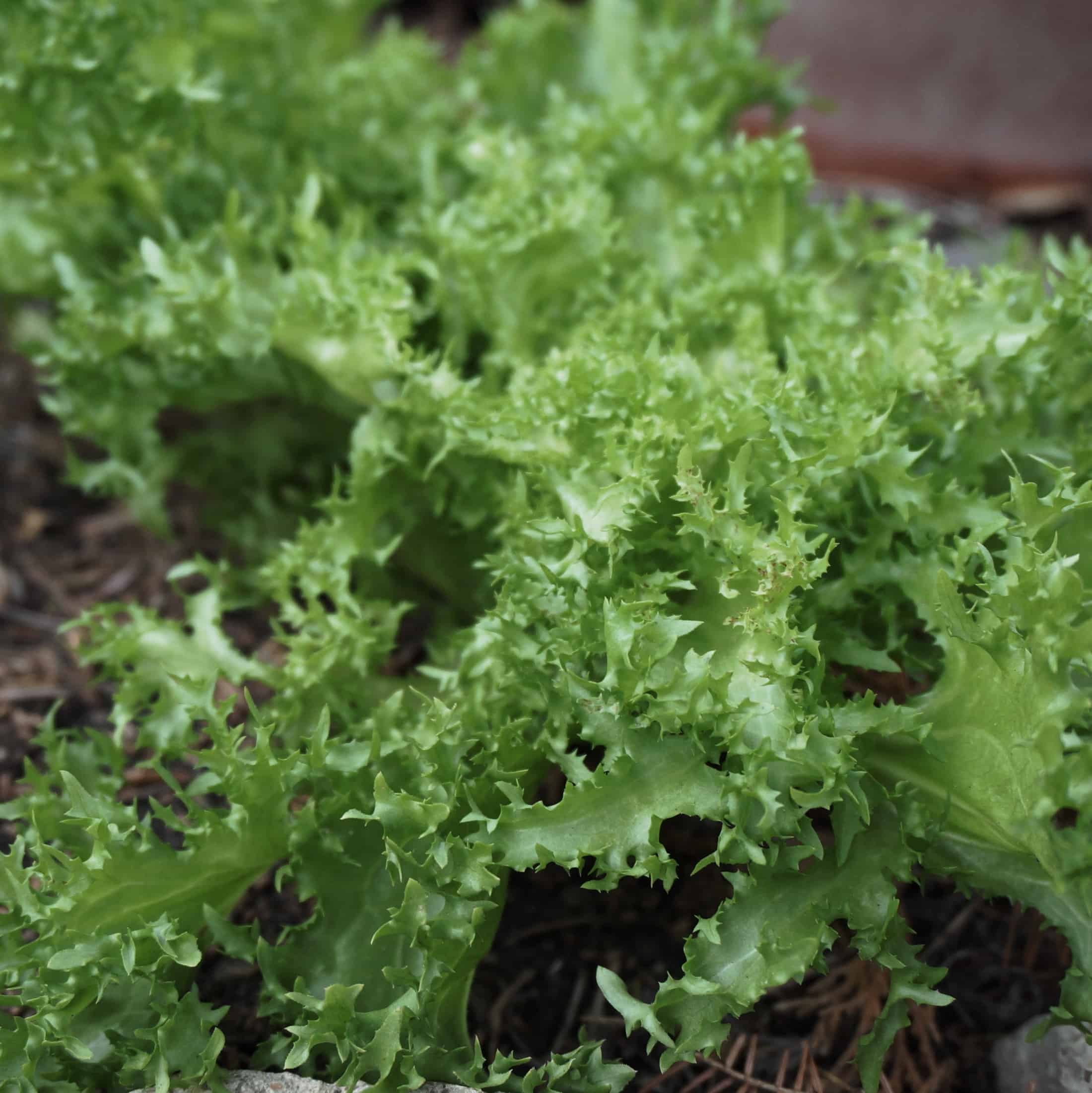
Bitter Herbs Banter Garden In Delight Colorful bowls, Garden
1. Maror Is a Bitter Herb. The Hebrew word maror (מרור) means "bitter." Scripture commands that the Passover lamb be eaten on Passover eve along with matzot ("unleavened breads") and merorim ("bitter [herb]s").1 Read: What Is Maror? 2. Romaine Lettuce Is Sought Out. The Talmud lists five types of bitter vegetables that may be used.2 Today, most people use horseradish root.

Hungry Couple Mustard and Herb Crusted Lamb with Yogurt Sauce
Instructions. Toast the pistachio nuts and set aside to cool. Prepare the vinaigrette in a small, non-reactive bowl and allow to marinate. It is best made at least 1 hour in advance. When it's time to serve, toss the greens with the remaining salad ingredients and 1 tablespoon of the salad dressing in a large salad bowl.

cilantro bitter herbs for Passover creative.for.Christ Flickr
Step 2. Skin the garlic clove, cut in half and remove green shoots. Place in a mortar and pestle with a generous pinch of salt and mash to a paste. Work in the lemon juice and then the olive oil. Taste and adjust salt. Transfer to a jar until ready to serve the salad. Step 3.

Bitter Herbs Salad Recipe NYT Cooking
Each spring, the eight-day Jewish holiday of Passover commemorates Jewish freedom from enslavement in ancient Egypt. Though only about 2.5% of American adults identify as Jewish, data compiled by.

Benefits of Bitter Herbs for Good Digestion Home Herbalism Courses
Items on the Passover Seder Plate. Bitter herbs represent the hard times endured by the Jewish people during their slavery.; Charoset, this recipe, represents the brick and mortar used by the Hebrew slaves to build Egyptian pyramids.; Parsley, or another green vegetable, represents hope and renewal but is dipped in saltwater to represent tears.; Roasted chicken neck or shankbone to represent.

Bitter Medicine Tachyon Publications
1 head (8 ounces) endive or chicory, chopped; 1 fennel bulb and fronds, brown or tough outer layers removed from the bulb, chopped (2 cups fennel, 1/3 cup fronds)

Memoirs for my children Passover
The term maror refers to the bitter herbs that are eaten during Passover. They are served as part of the Seder along with other traditional food offerings, such as lamb and unleavened bread in the form of matzoh. The word maror itself is Hebrew for bitter. Passover, or Pesach in Hebrew, is one of the most widely celebrated of the Jewish.

Bitter Herbs Salad
The central mitzvah of the Seder night is remembering the Exodus from Egypt.1 The Bible also includes three individual mitzvahs as well: eating matzah, maror and the paschal lamb (the lamb is no longer eaten).. Maror (מָרוֹר) refers to the bitter herbs, which are placed in two places on the Passover Seder plate.The pile at the center of the plate (according to Chabad custom) is known as.

Bitter Herbs Blitz Garden In Delight
With springtime in full bloom, its nearly time for the sacred holiday of Passover (April 22 to April 30, 2024), so we're getting ready to ditch the chametz (or leaved bread products) and attend.

Our Passover 2017 Confessions
Grab some of that bitter herb, enough to make the size of a small egg if you would crunch it into a ball.. The Bitter Herbs of the Passover Seder. The Vegetarian Era. 10 Comments. The Meaning Behind the Maror (Bitter Herbs). Passover Recipes . Passover Stories. Passover Audio and Video. Tools & Resources. Sell Your Chametz Online. Find a.

Passover and Bitter Herbs Called to Learn
Mar 27, 2015. Maror is a bitter herb eaten during the Passover Seder. From family to family the bitter herb eaten always varies. Some eat horseradish, others eat romaine lettuce or endives. In my house we use fresh grated horseradish, which is not easy to make without crying all over the place, but hey we're supposed to remember the tears!

a white plate topped with greens and rice
Here we answer some frequently asked questions about Passover's bitter herbs, also known as maror. Q: Where does the commandment to eat bitter herbs come from? A: In Exodus 12:8 the Torah commands us to eat the paschal sacrifice, "with unleavened bread and with bitter herbs." This same law is repeated in Numbers 9:20.

The Seder Plate You Can Actually Eat Spicy ingredients, Passover
In this article, we'll explore a range of tantalizing options that embrace the bittersweet flavor profile of herbs like horseradish, endive, and dandelion greens. Whether you're hosting a Passover Seder or simply looking to add some depth to your holiday menu, these bitter herbs Passover recipes will surely impress.

Maror The Bitter Herbs of Passover Kosher recipes, Jewish cooking
Dip the bitter herb in the charoset. Shake off any excess. Say the words: "This is what Hillel did, at the time that the Temple stood. He wrapped up some Pesach lamb, some matzah and some bitter herbs and ate them together.". And you thought it was because they packed sandwiches to leave Egypt. Well, it is fast food.

The Bitter Herbs a Hasidic Passover Story YouTube
According to the Talmud, maror should be bitter in taste and grayish in appearance. But you'll often see a bright pink maror on the Passover table. That's from adding beets to the recipe. Use a raw beet, peeled and chopped into pieces the same size as the horseradish root.

passover friendly bitter lettuce and herb salad with horseradish
Zeroa: Roasted lamb shank bone. This symbolizes the lamb the Jews sacrificed as a special Passover offering (Pascal lamb). Beitzah: Roasted (hard-boiled) egg. This symbolizes the circle of life and the festival sacrifice offered at the Temple of Jerusalem. Maror: Horseradish or bitter herbs.